Jour Double
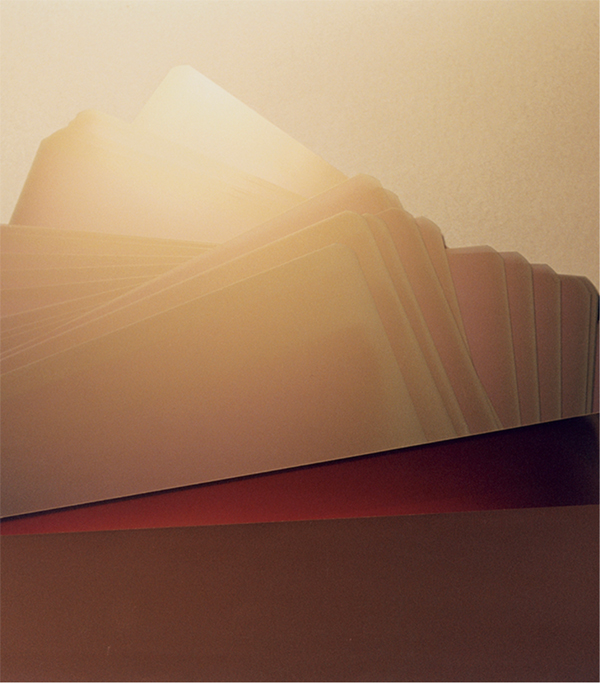
Jour Double
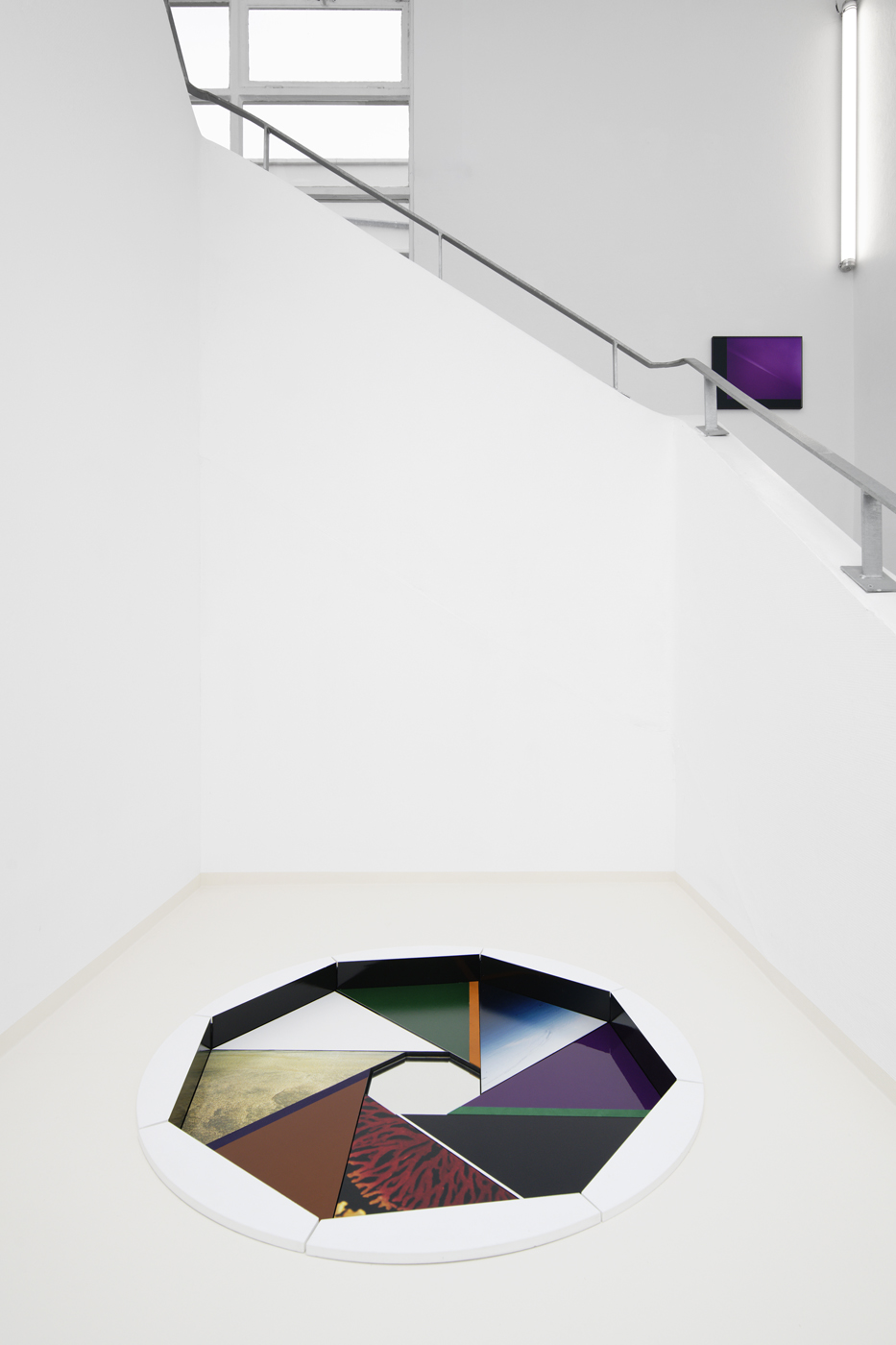
Jour Double
Vue d'exposition
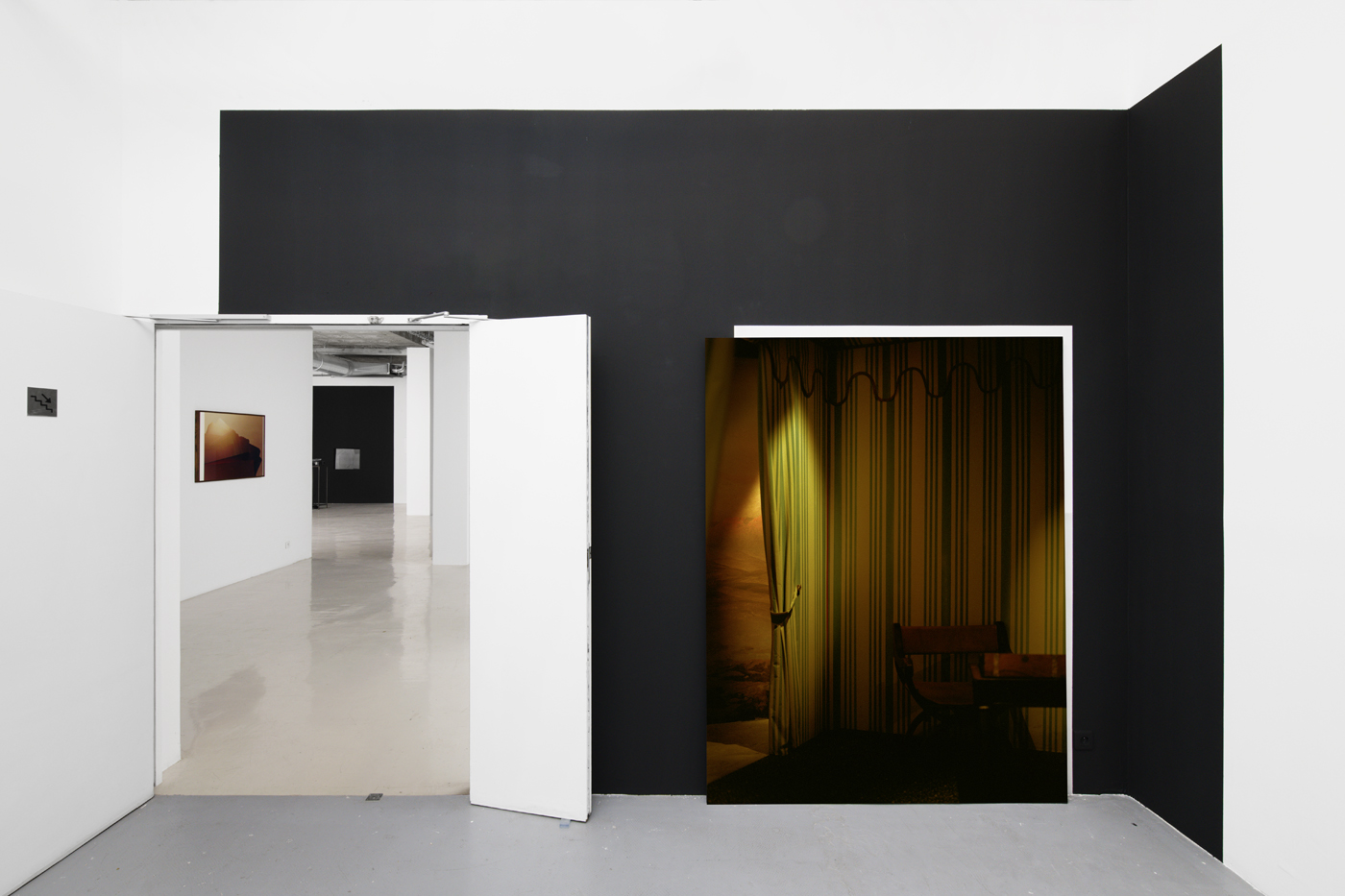
Jour Double
Vue d'exposition
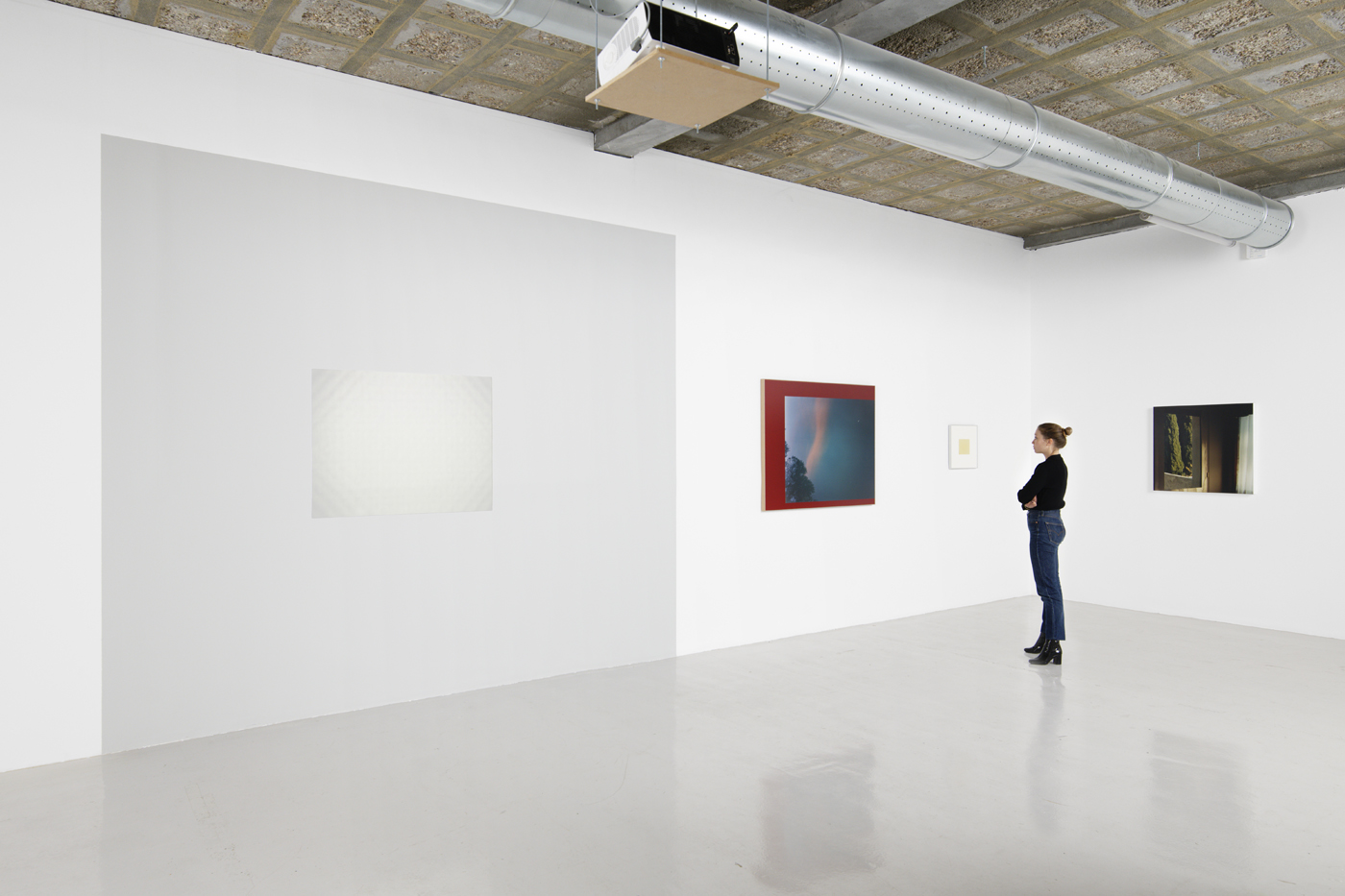
Jour Double
Vue d'exposition
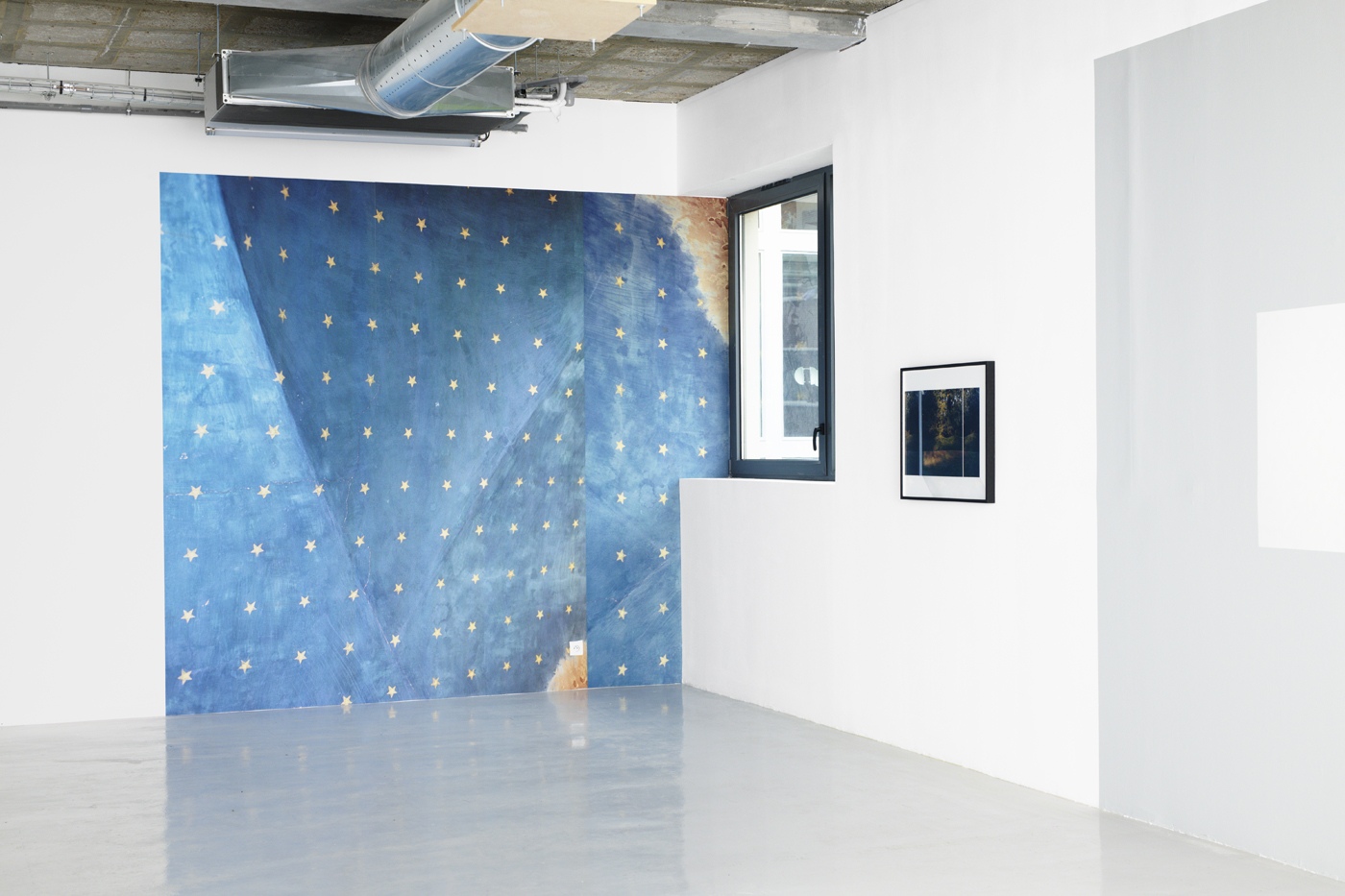
Jour Double
Vue d'exposition
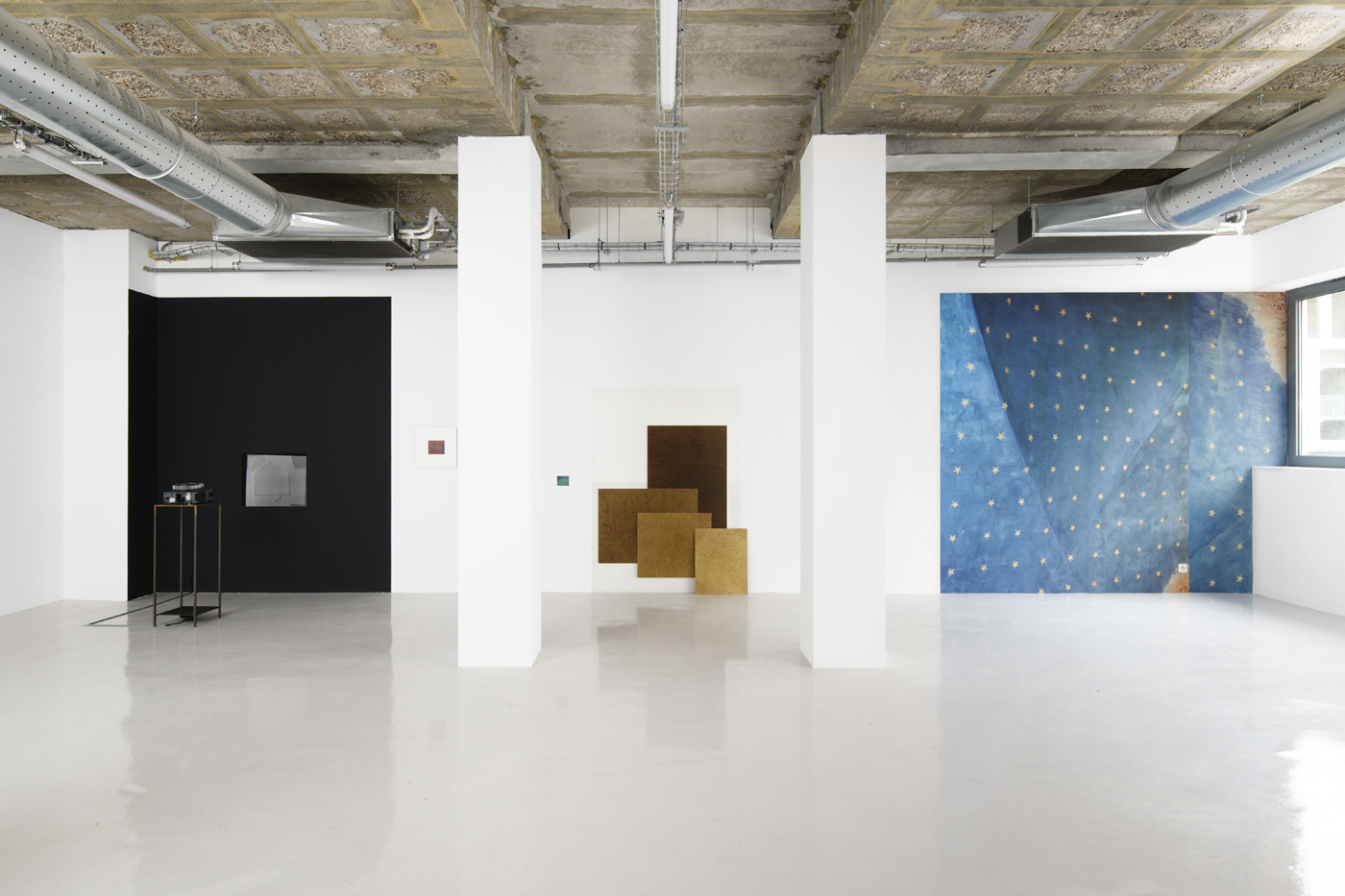
Jour Double
Vue d'exposition
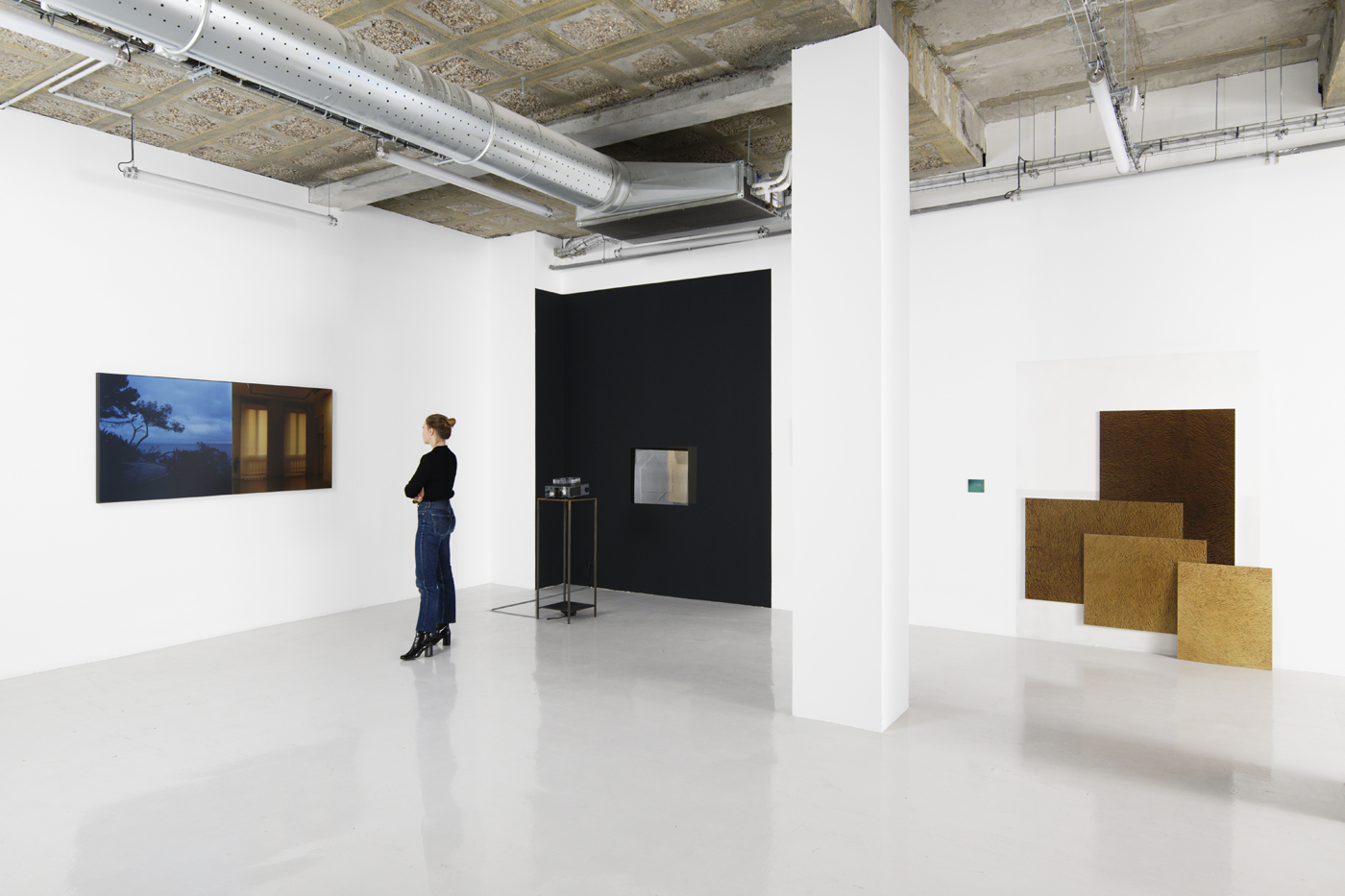
Jour Double
Vue d'exposition
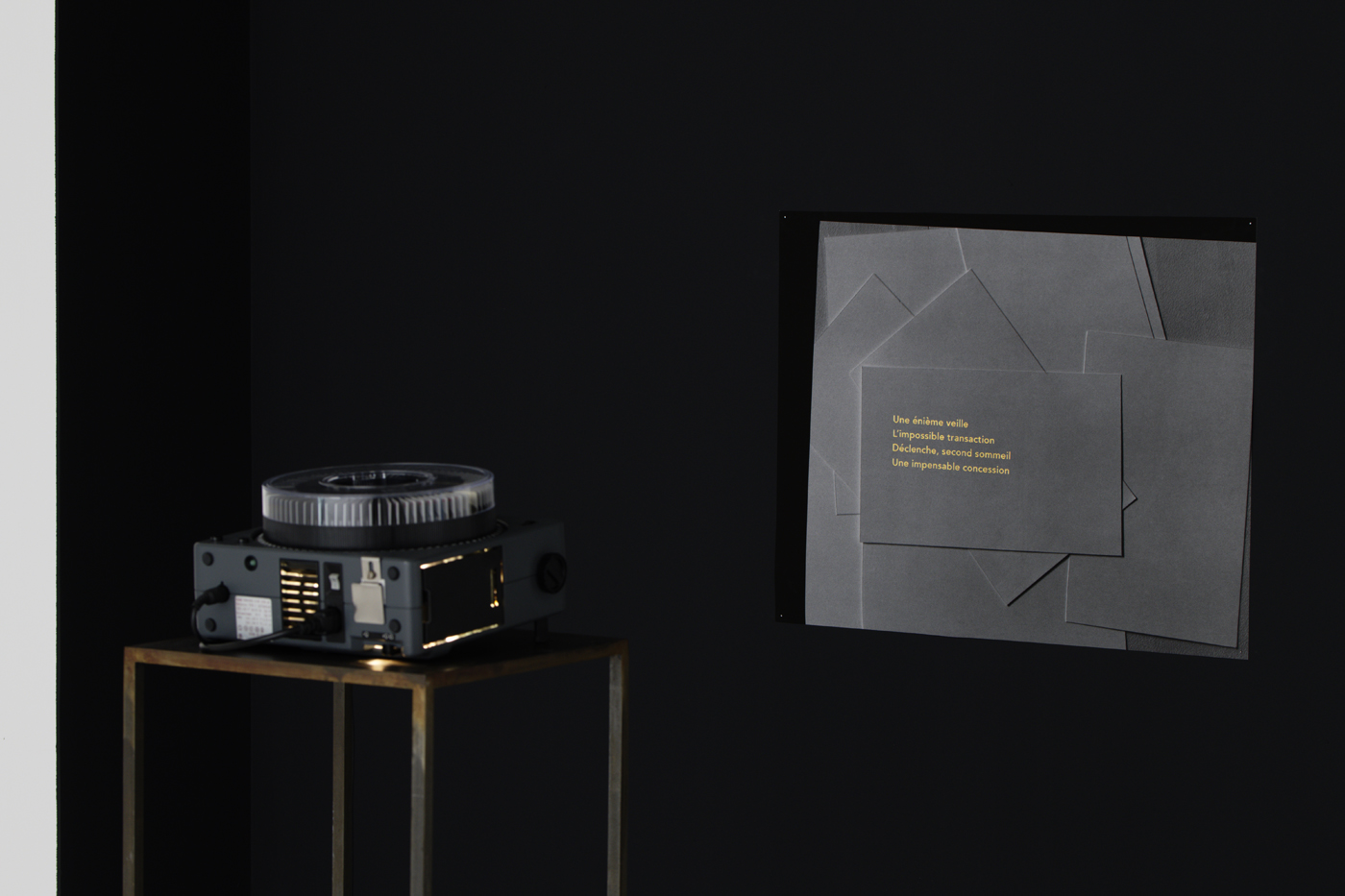
Jour Double
Vue d'exposition
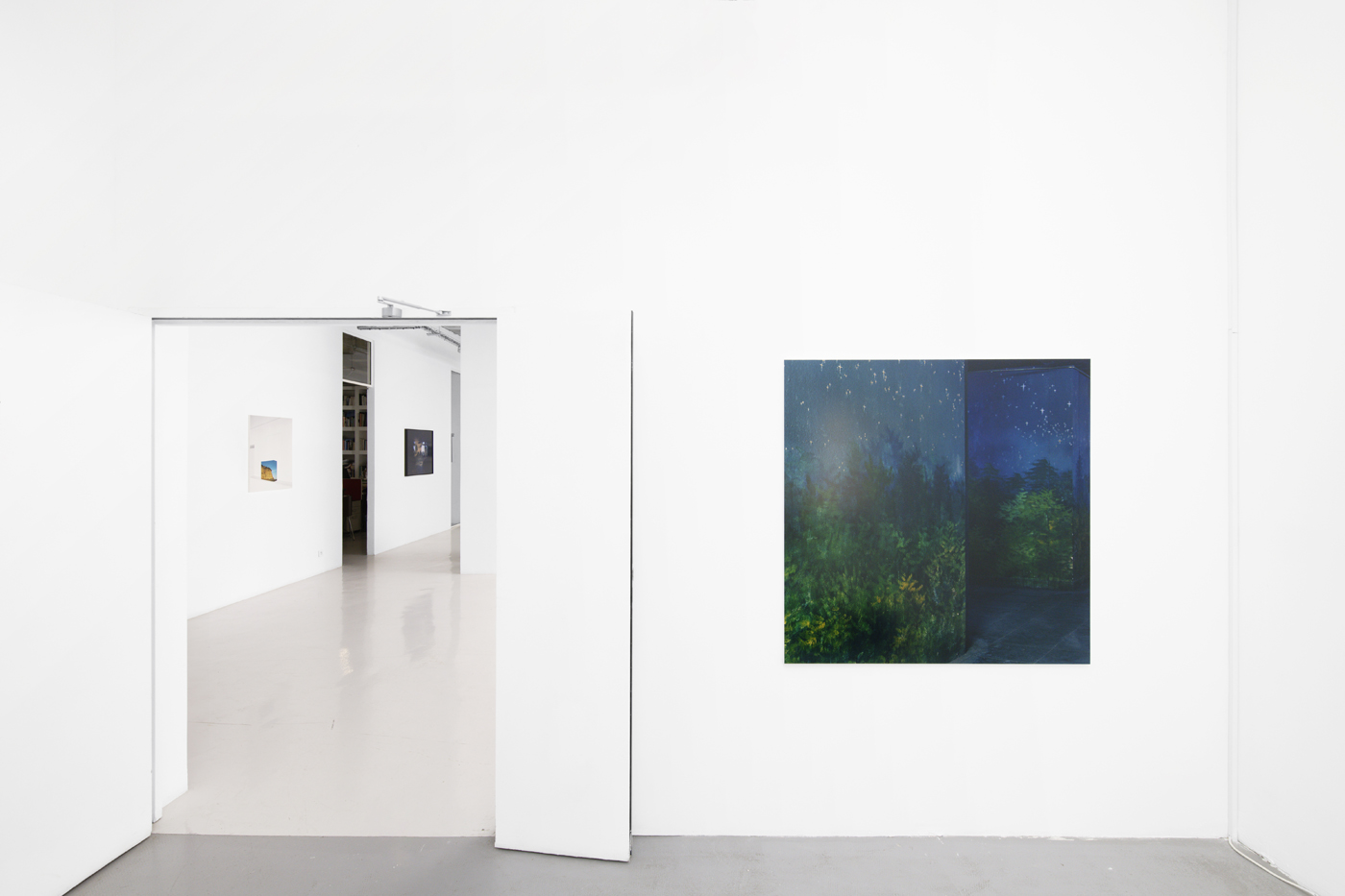
Jour Double
Vue d'exposition
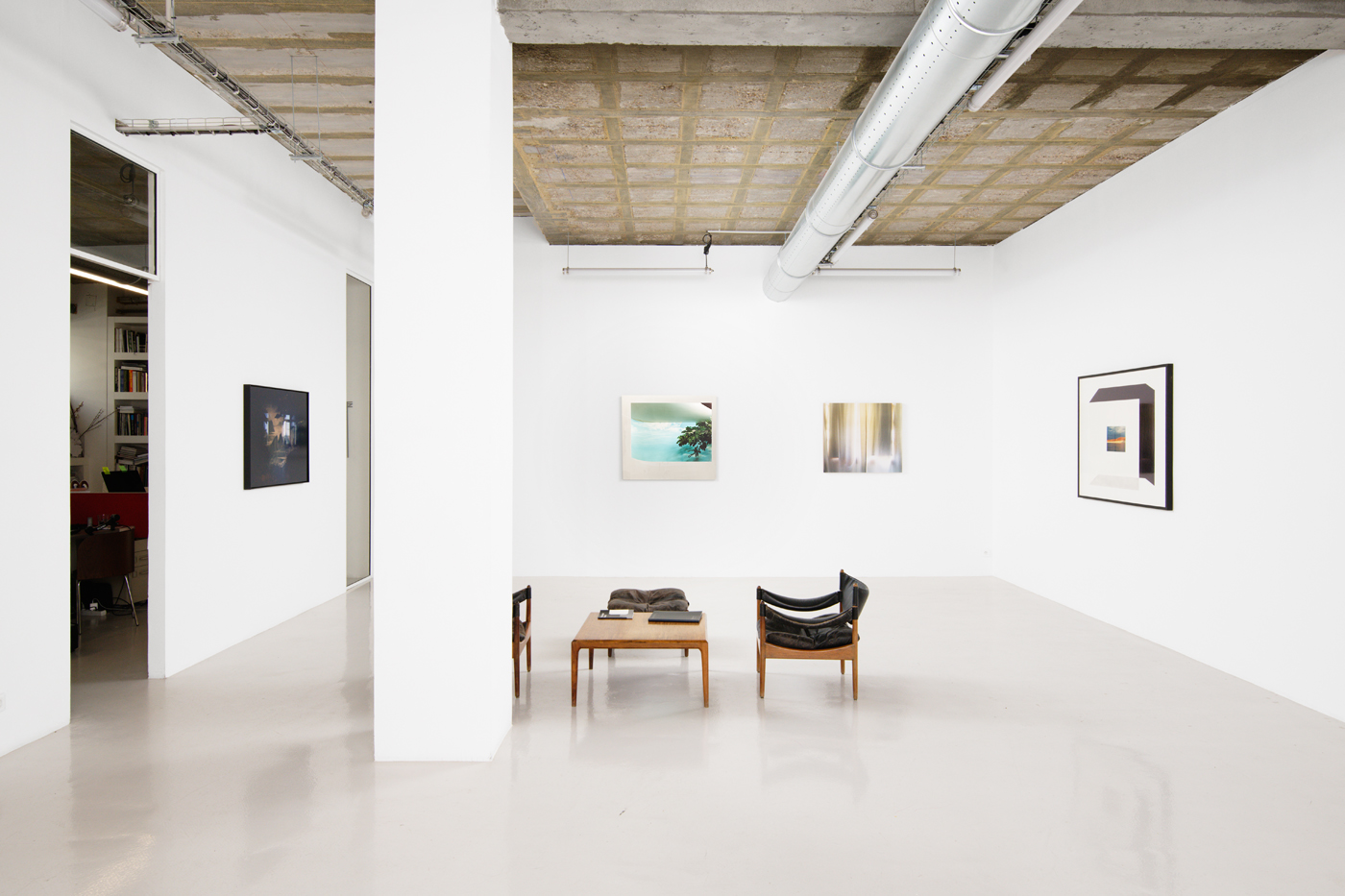
Jour Double
Vue d'exposition
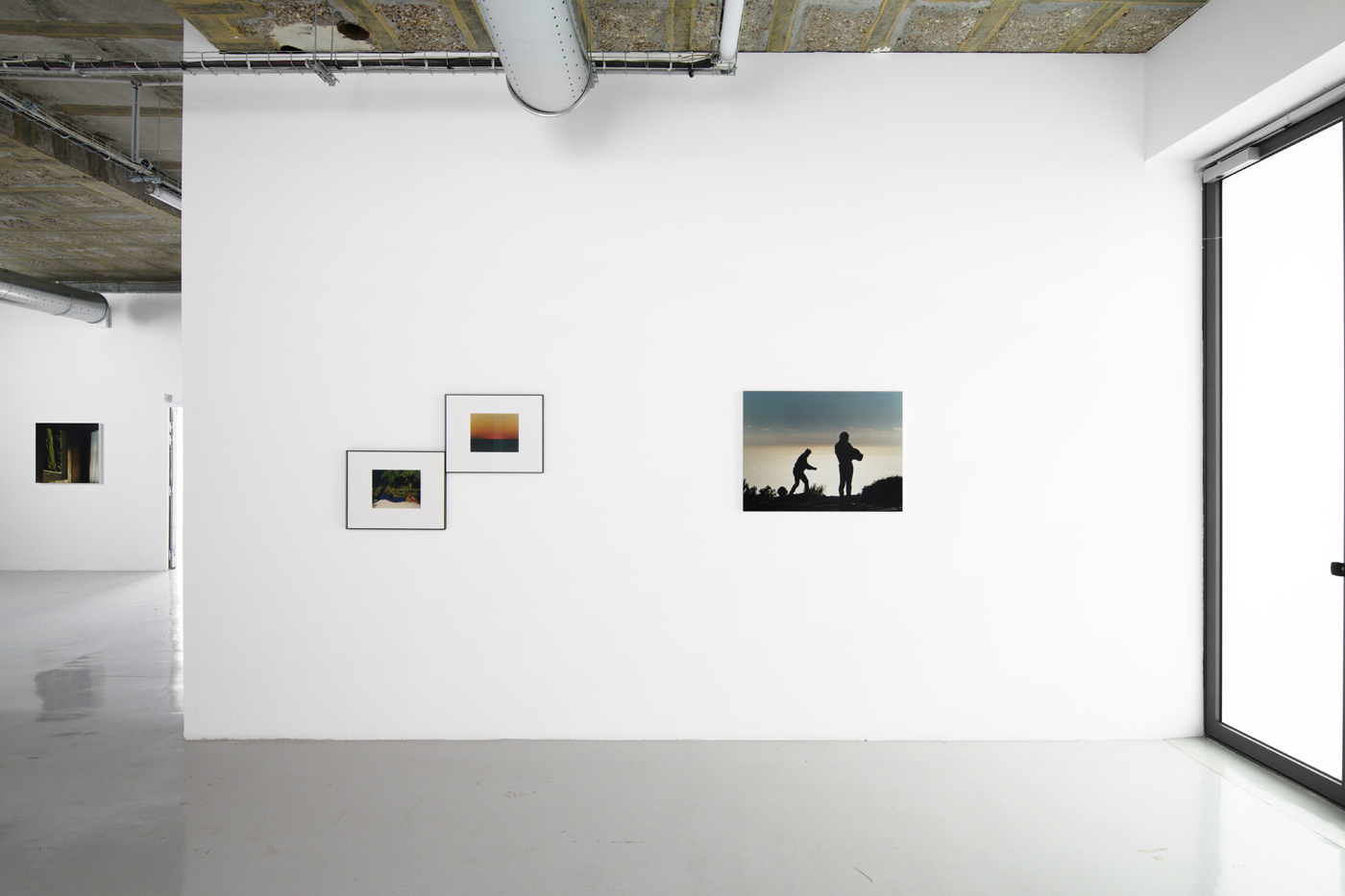
Jour Double
Vue d'exposition
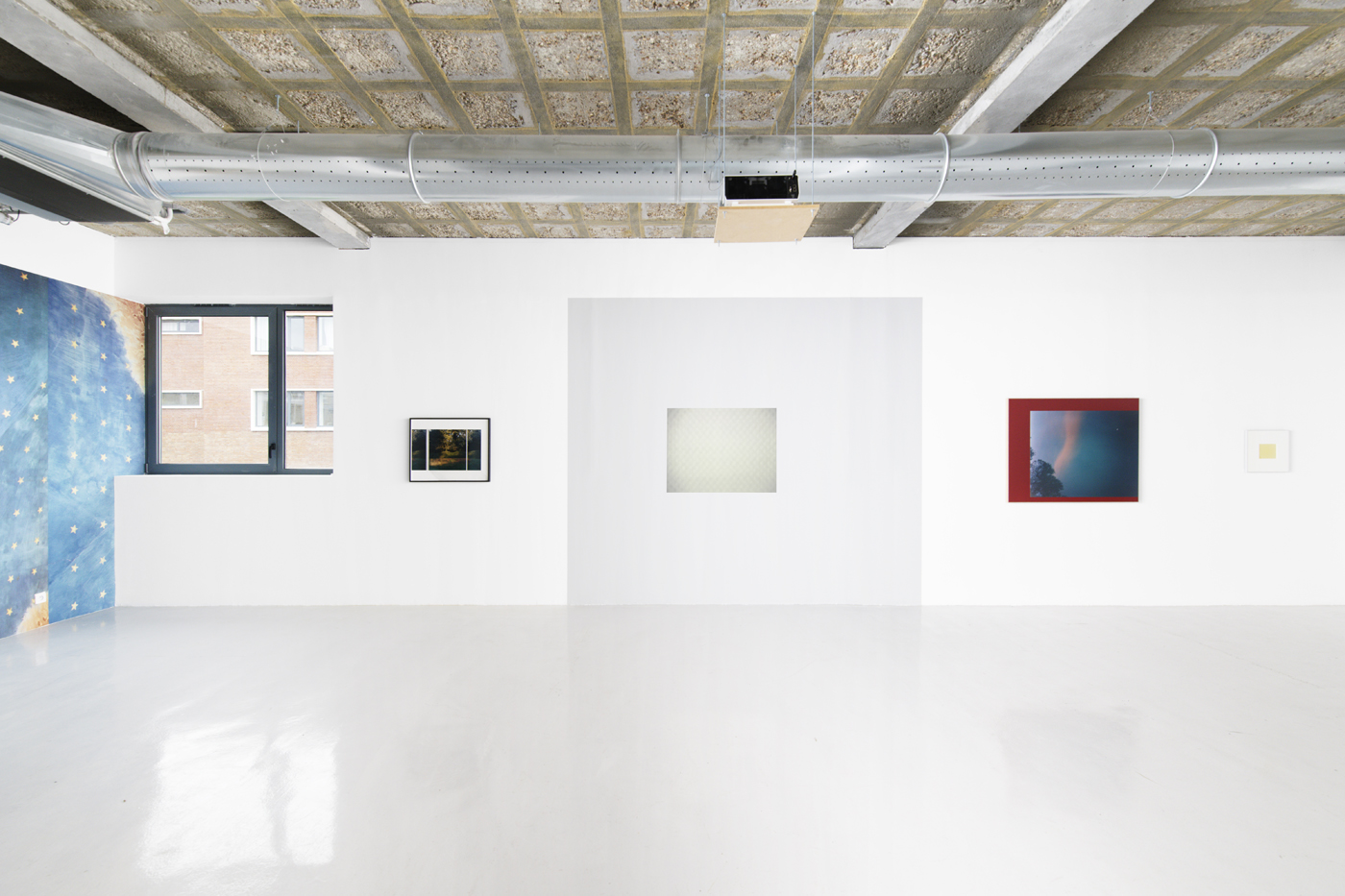
Jour Double
Vue d'exposition
OPENING NOVEMBER SUNDAY 5, FROM 2 TO 6 PM
“Remove its frame or the lines of its edges, and it grows like spilling water.”
Clarice Lispector, Agua Viva, 1973
The exhibition Jour Double opens with a diaphragm. Every slat of it is a different fragment of an image or a texture that, by interrupting and overlapping one another, gives the impression of a fractured space or broken mirror. The piece stands there like an enigma, and the precision of the cuts, which free these details from the constraints of the format, points to what is as much an obviousness as an absurdity: an image is its whole, just as, in the words of Clarice Lispector, “A tiny piece of mirror is always the whole mirror.”[1]
In her practice, Constance Nouvel plays on this ambiguity, on the new freedom that an image claims for itself by tearing itself away from its place, its context, its moment, and on its capacity to be both whole and fragment. She is interested in the passages, transitory states and encounters that make up the essence of an image and render it elusive. For her third solo show at Galerie In Situ – Fabienne Leclerc, she has created a composite landscape that reflects a desire to address notions of perception and the transmission of the gaze.
As the works unfold, singular rhythms and breathes follow one another. In addition to photography, Nouvel engages new forms in this ensemble, in particular video and poetry, which punctuate the established order in the exploration of themes dear to the artist: décor, material, frame, doubt. The exhibition toys with the effects of linearity and scansion, finding its harmony in detail and connection. The long poem Horizons is itself fragmented, projected in slides, existing in space as a series of fugacious images - photographs, one might say. Photography, on the other hand, seeks its own place beyond ease. Images suggest more than they describe, as when graphite stamps extend them, playing with our perception of space (Titre à venir), or when the same image is serialized and transformed, becoming sculpture, drawing, trompe l’oeil, prolonging the gaze (À l’œuvre). Spaces within and outside the images interweave or contaminate each other, subtly composing with effects of shadow, light, perspective and volume. The large lined room in Titre à venir that greets us on the exhibition’s doorstep, delicately prolonged in shades and outlined in deep black, illustrates an emerging ambiguity: where do reality and its representation stand, one in relation to the other, both in relation to us? Here, one must step forward; there, step back. All without losing balance.
For Nouvel, the surface of a photograph is thus often the threshold to a deep, uncertain space. The images, alone or in combination, immense or tiny, sometimes deployed, extended, multiplied or engulfed in the space that hosts them, raise doubts and questions, rarely offering explicit answers. They are to be apprehended differently. The edge is a recurring motif, exploited both formally and conceptually. It is invested and experienced in gesture, frame and gaze. The images are held in a sometimes-precarious balance between registers, realities and interpretations. As subjects, Constance Nouvel invests distinctions, variations and associations between what is seen and what is perceived; between what is perceptible and what is atmospheric; between what is recognizable and what is not; between what seems near and what seems far; between what is real and what is fake; between what is fake and what becomes real.
The fragments she captures are thus assembled into a fleeting, provisional whole. Figurative landscapes rub shoulders with abstract emulsions on photosensitive paper, words with photograms, in a gesture that questions the form and essence of photography. Spaces and temporalities become entangled and contaminated, unfolding a new, unfettered reality, the result primarily of two phenomena: a lingering gaze and the reflection of light in a piece of mirror, «the deepest space that exists.»[2]
Taddeo Reinhardt